Fake ID vs. Real ID: Know the Difference
Fake ID vs. Real ID: Know the Difference
Imagine you’re hanging out with friends, having a great time, when someone gets caught using a fake ID. It quickly goes from fun to serious trouble. Knowing how to spot the difference between a fake ID and a real one is essential.
Fake IDs are not only used by teenagers trying to get into bars, they also play a major role in many illegal activities, including identity theft and fraud. When fake IDs hit the market, businesses and individuals suffer. Therefore, it’s crucial to know the difference between real and fake IDs.
Not all use of fake IDs is negative, however. Some people use fake IDs for security reasons, primarily to protect their personal information online.
In some countries, access to specific services requires strict identity verification, and fake IDs may provide opportunities that would otherwise be unavailable. Additionally, fake IDs can serve as an educational tool to help security professionals improve their ability to identify forgeries.
The consequences of using a fake ID are serious. You could face heavy fines, legal action, or even jail time. For businesses, the risks are equally huge. Using a fake ID when selling alcohol to minors could result in fines or loss of business licenses. Everyone loses when fake IDs are involved.
In this article, you'll learn the main differences between fake and real IDs, the signs to look out for, and the best ways to verify their authenticity.
Let's get started.
Types of Fake IDs
Here are some of the types of fake IDs you need to know about:
Borrowed IDs
Borrowed IDs are the most common type of fake IDs. People often get these IDs from friends, siblings, or even strangers. For example, an older sibling might lend their ID to a younger brother or sister who wants to get into a bar or buy alcohol. Borrowed IDs can be tricky because they are real IDs, but belong to someone else.
To identify a borrowed ID, compare the photo on the ID to the person using it. Check that physical descriptions match, such as height and eye color. Also, make sure the ID is not expired. If the ID looks real, but doesn't match the person, it's probably borrowed.
Forged or Fake ID Documents
Forged IDs are completely fictitious. These IDs look like the real thing, but are fake. There are two main types of fake IDs: front-facing and front-back.
Front-facing IDs look indistinguishable from the real thing, but their barcodes can't be scanned properly. These IDs often use different photos to steal personal information. A fake ID with both sides looks like the real thing and has a scannable barcode, but the information may still be wrong.
To identify a fake ID, use an ID scanner to check the barcode. Also, look for any rough edges or unusual textures. If the ID feels cheap or looks suspicious, it may be fake.
Altered IDs
An altered ID is a real ID that has been changed. People may change their birthdate or other details to make them look older. For example, someone might scratch off their birthday and replace it with a new one to get into a bar.
To identify if an ID has been altered, look closely at its surface. Check for bumps, scratches, or other changes in color and texture. Real IDs often have security features like holograms and small print, which makes it difficult to modify without leaving a trace. If you notice anything unusual, it may be a sign that the ID has been altered.
Knowing these types of fake IDs can help you identify them and avoid getting in trouble.
Key features of real IDs
How can you tell if the ID you are using is real or fake?
Here are some features you need to know about Real IDs.
Security Elements
Real IDs have a variety of security features that make them difficult to counterfeit.
Holograms: These are bright images that change when you tilt the ID, and they are very difficult to replicate.
Microprinting: This is text so small that it is barely visible as a line to the naked eye. A magnifying glass is required to read it. Fake IDs often don't accurately display these details.
UV Features: These are special patterns or text that only show up under ultraviolet (UV) light. Real IDs have these hidden images to verify their authenticity.
Tactile Elements: These are parts of the ID that can be felt by touch, such as raised text or patterns. These features are difficult for counterfeit manufacturers to perfectly replicate.
State-Specific Features
Each state has its own unique features on the ID:
California's ID features a golden bear and a star.
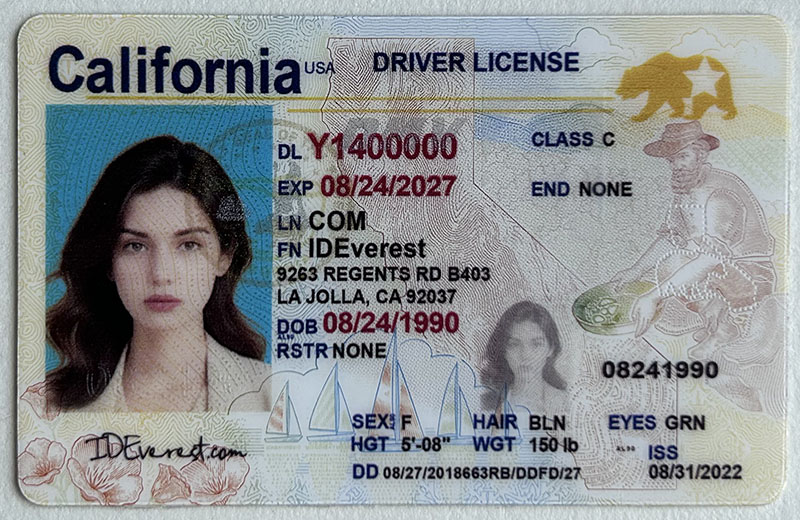
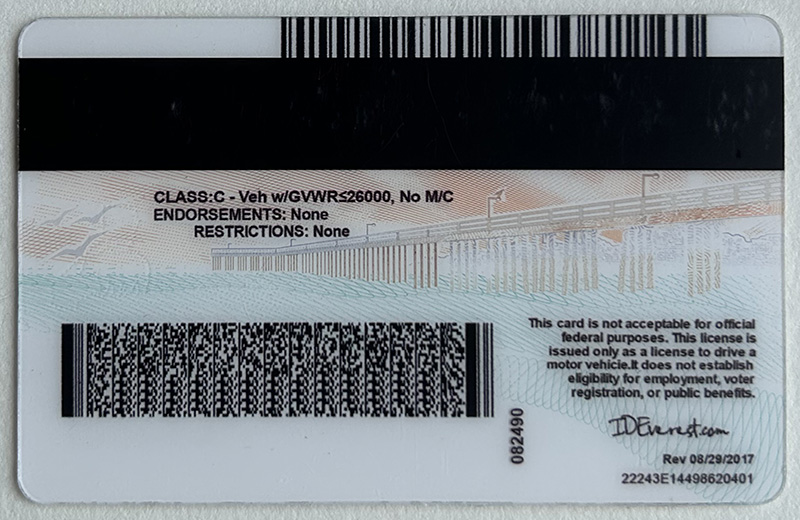
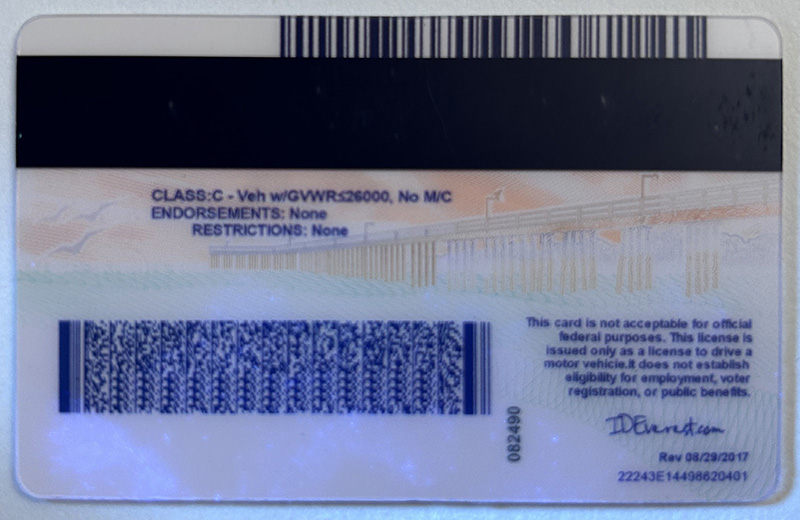
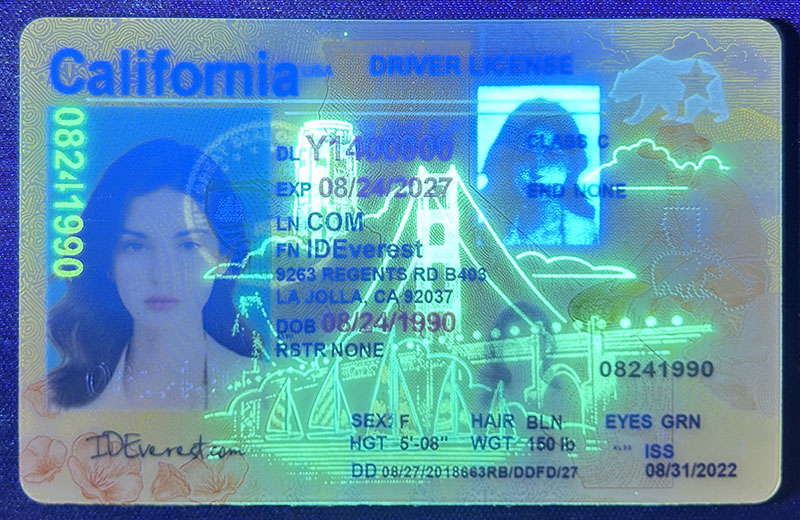
New York: Uses an image of the Statue of Liberty.
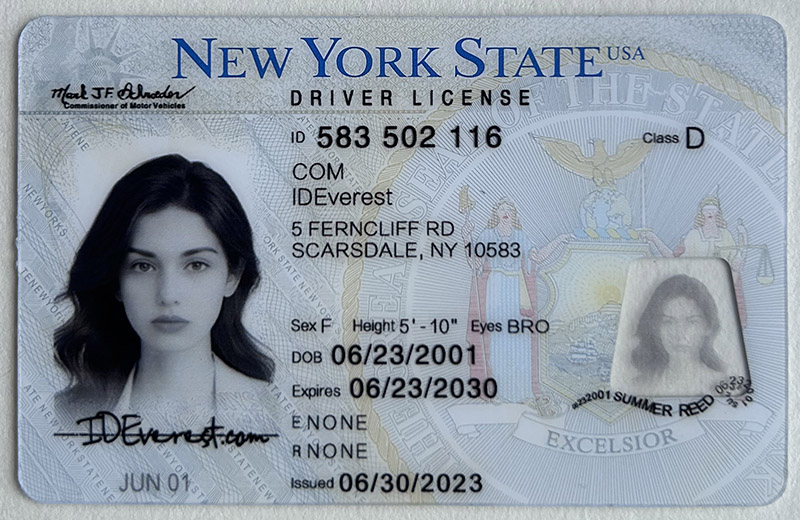
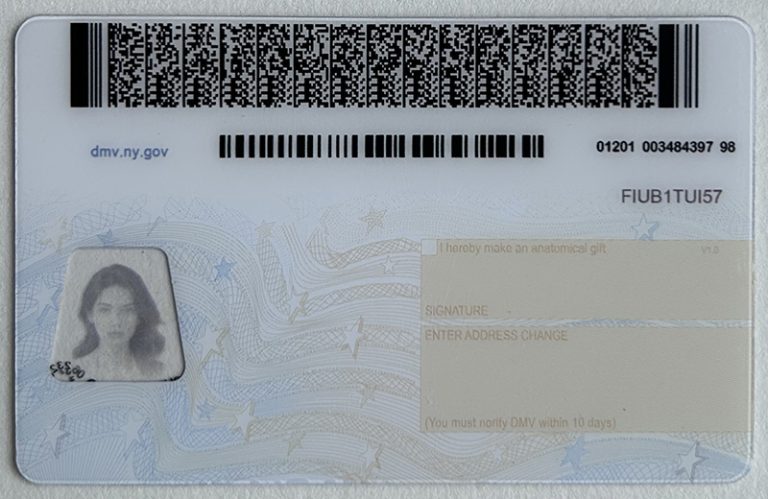
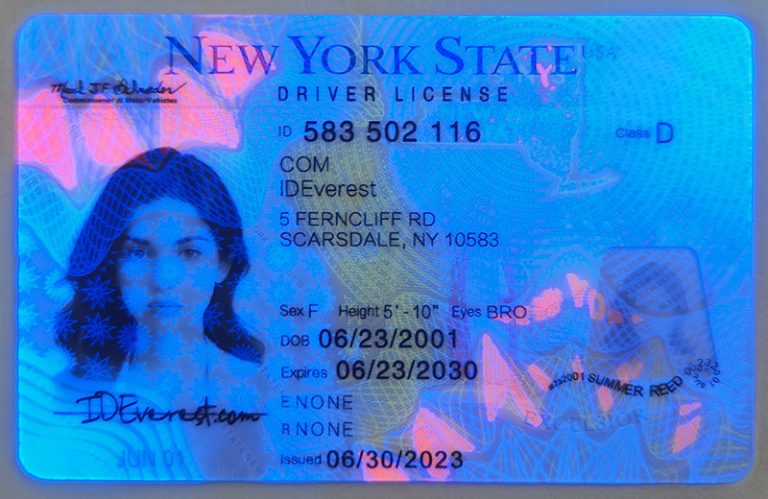
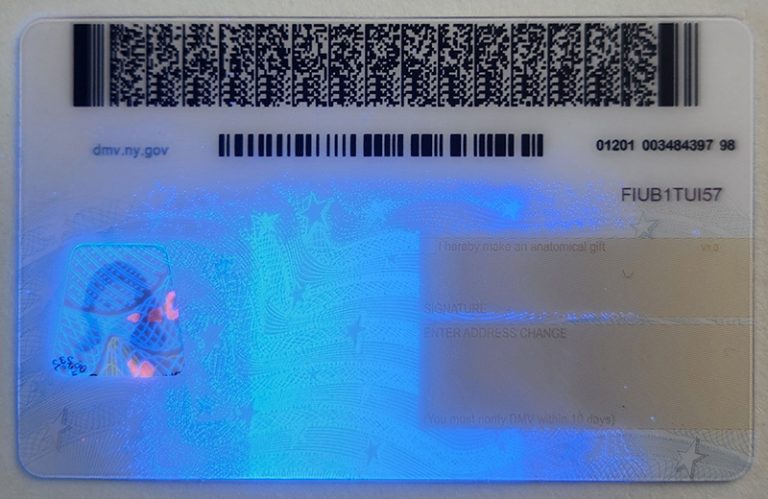
Texas: Includes a picture of the state capitol.
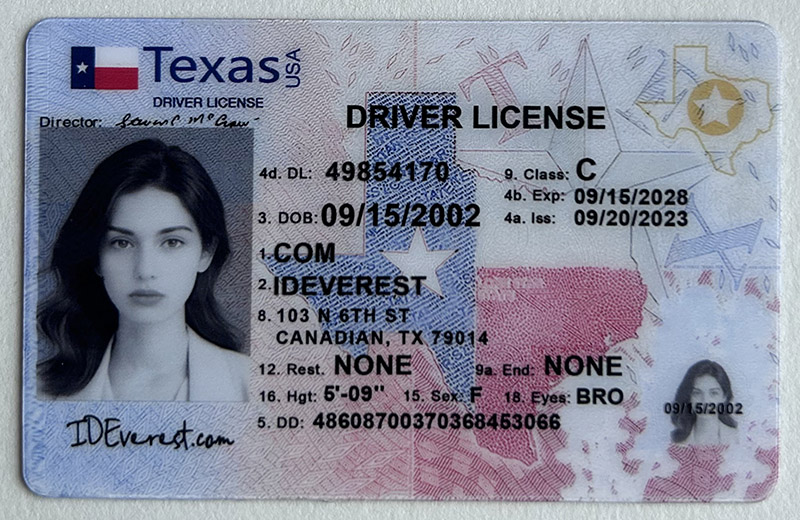
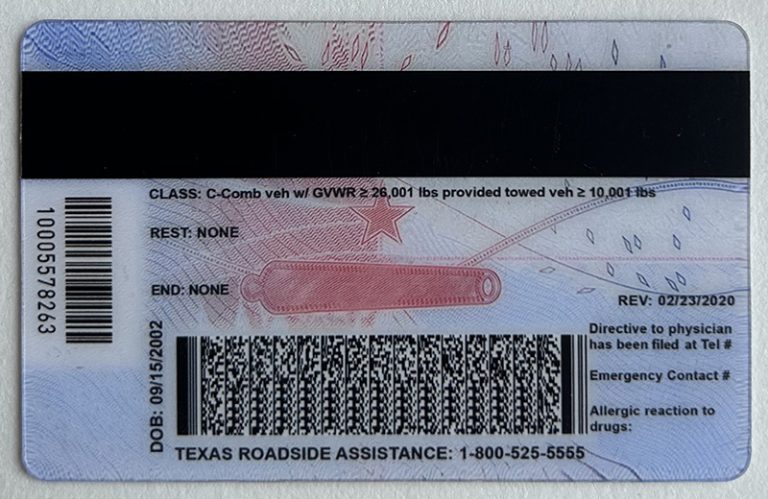
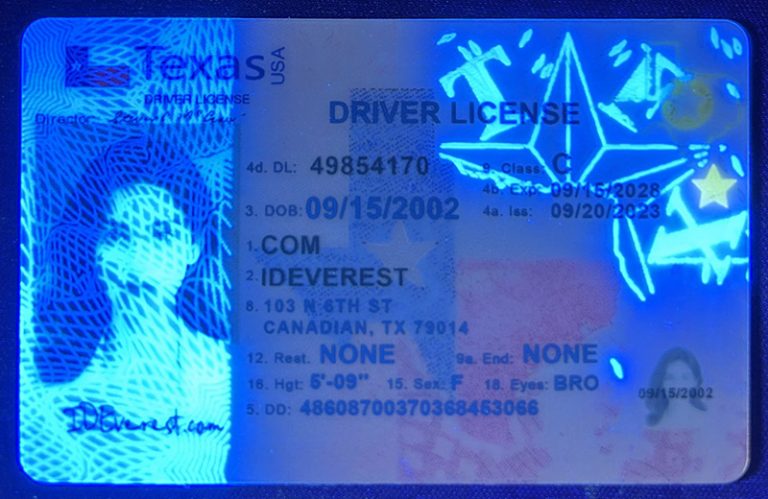

These unique features can help easily confirm the authenticity of the ID.
Durability
How durable a real ID is:
Layered construction: They have multiple layers fused together. This makes them strong and difficult to peel off.
Material: Real IDs use high-quality materials that don’t bend or wear out quickly. Fake IDs often feel flimsy and cheap.
See also: Top 10 Movies That Featured Fake IDs: Iconic Scenes and Actors
Techniques to Identify Fake IDs
Here are some ways to identify a fake ID:
Visual Inspection
Photo and Text Consistency: Check that the photo matches the person and that the text looks correct. Look for any spelling errors or font differences. Real IDs have consistent and professional-looking text.
Spelling Errors and Font Differences: Many fake IDs have small mistakes in the text. Look for misspellings or strange fonts that don’t match the official style.
Physical Inspection
Bend Test: Real IDs are flexible but strong. Try to bend the ID slightly. If it bends too easily or feels too stiff, it’s probably a fake.
Embossed Feel: Check for raised text or images. Real IDs often have sections that you can feel with your fingers.
Surface Irregularities: Look for bumps, scratches, or other signs of tampering. Real IDs have a smooth, even surface.
Tools to Use
UV Inspection: Shine an ID with UV light. Real IDs will show hidden images or text that glow under the light.
Barcode Scanner: Use a scanner to check the barcode. The barcode of a real ID will work properly and show the correct information.
Digital Verification Tools: There are apps and machines that can verify the authenticity of an ID. They compare the details of the ID to a database to ensure its authenticity.
By understanding these features and techniques, you can better identify fake IDs and understand what is a real ID.
Fake ID Providers
Fake ID providers create and sell IDs that look like real IDs. They use advanced technology to create very convincing IDs. These providers usually work online, offering their services to anyone who needs a fake ID.
Some providers are more skilled and reliable than others, using high-quality materials and precise methods to produce their products.
Types of Providers
Fake ID providers range from low-quality producers to high-tech manufacturers:
Low-quality producers: These providers use basic materials and simple printing technology. Their IDs may look good at first glance, but they often have errors and don't stand up under closer inspection.
High-tech manufacturers: ideverest.com providers are known for their high-quality IDs. They use advanced printing technology and high-quality materials to create IDs that look and feel real.
These providers often receive good reviews from customers who praise the accuracy and durability of their IDs.
Online Marketplaces
Fake IDs are sold through various online platforms, including the dark web and the surface web:
Dark web: The dark web is a part of the internet that is not indexed by search engines. It is often used for illegal activities, including the sale of fake IDs. Transactions on the dark web are often conducted using cryptocurrencies such as Bitcoin to maintain the anonymity of buyers and sellers.
Surface web: Some fake ID providers operate on the regular internet, using websites that look professional and trustworthy. ideverest.com providers have user-friendly websites where customers can easily place orders. They provide detailed instructions and customer support to ensure that the purchasing process goes smoothly.
Red flags
When looking for fake ID providers, look out for the following red flags:
Lack of verifiable contact information: Legitimate providers should have clear and verifiable contact information. If the website doesn't provide an email address, phone number, or physical address, be cautious.
Suspicious payment methods: Be wary of providers that only accept untraceable payment methods (such as wire transfers or cryptocurrencies) and don't offer other secure options.
Too-good-to-be-true deals: If the price is extremely low or the provider promises overnight delivery at no extra charge, it could be a scam.
Negative reviews: Look for reviews and testimonials from other customers. If a provider has a lot of negative reviews or complaints, it's best to avoid them.
Using a reliable provider like ideverest.com helps ensure you get a high-quality fake ID.
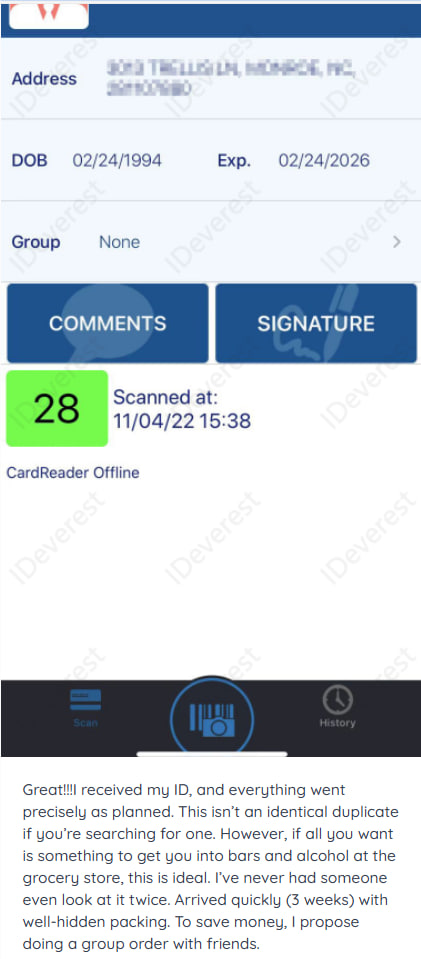

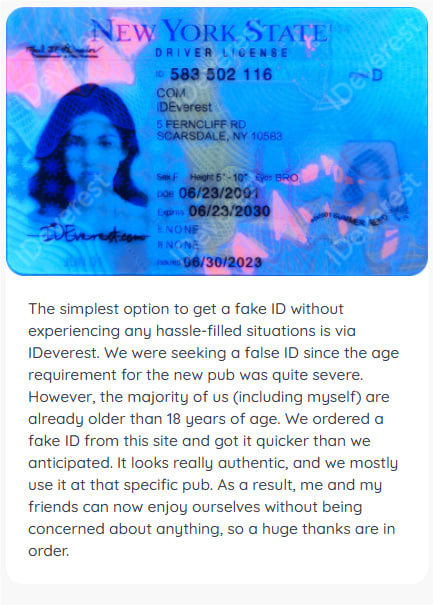

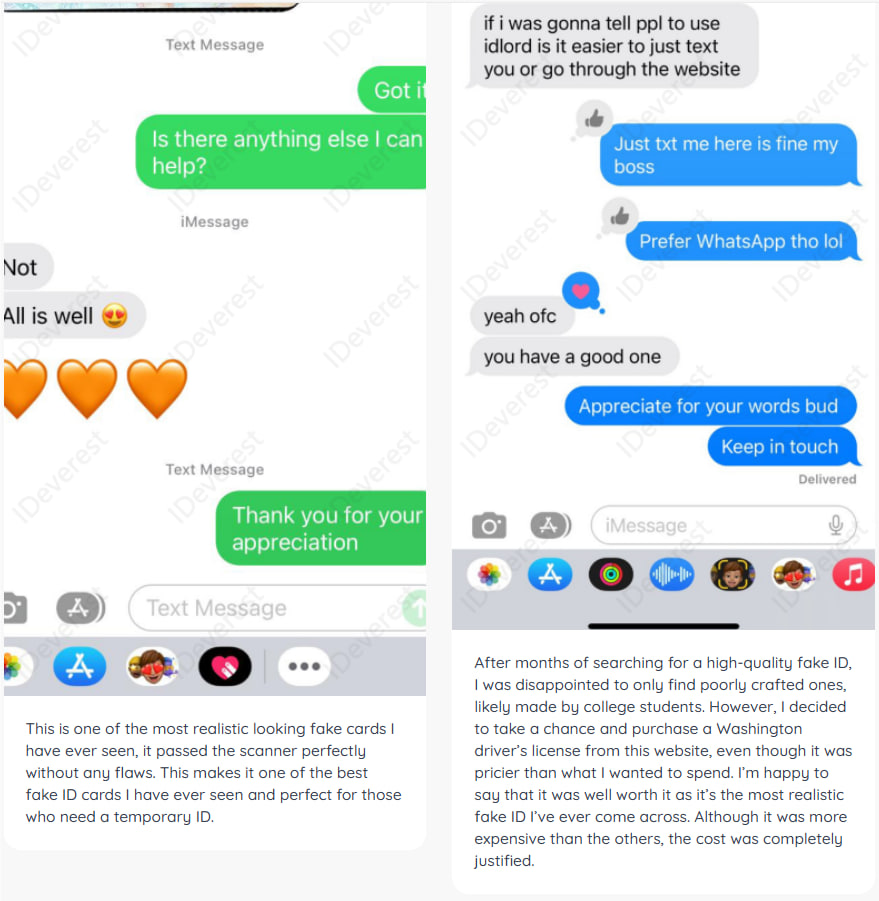
These providers are known for their exceptional service, attention to detail, and commitment to customer satisfaction. However, always keep in mind the legal risks and potential consequences of using a fake ID.
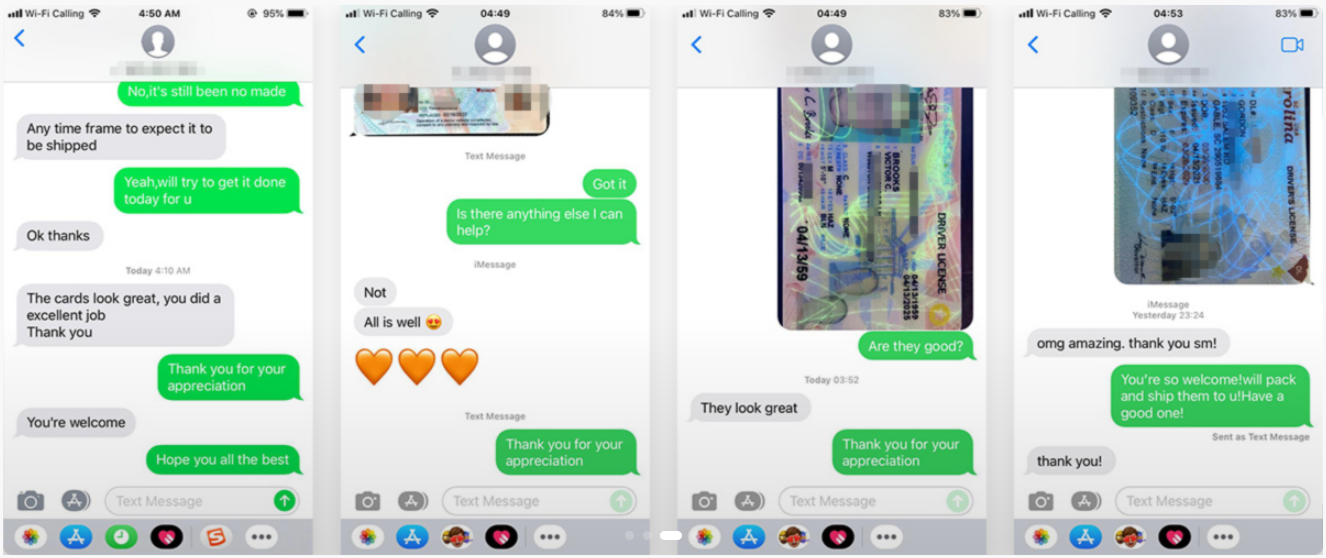
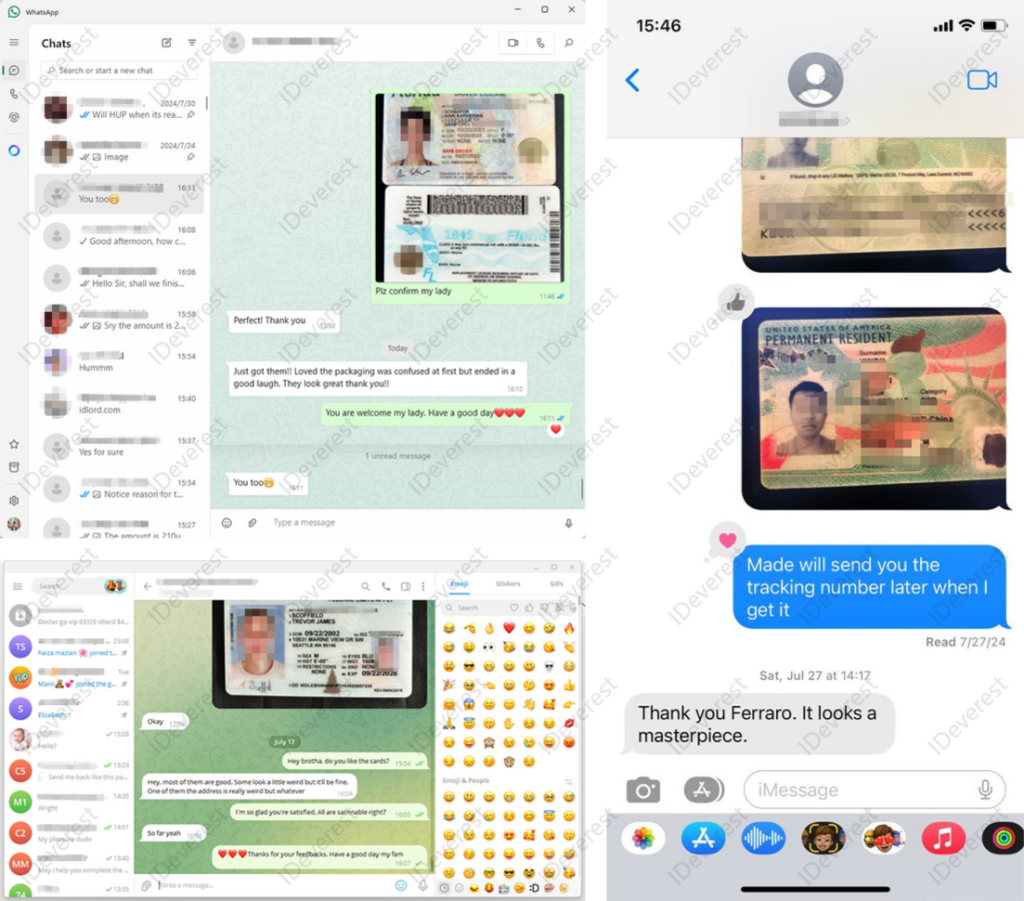
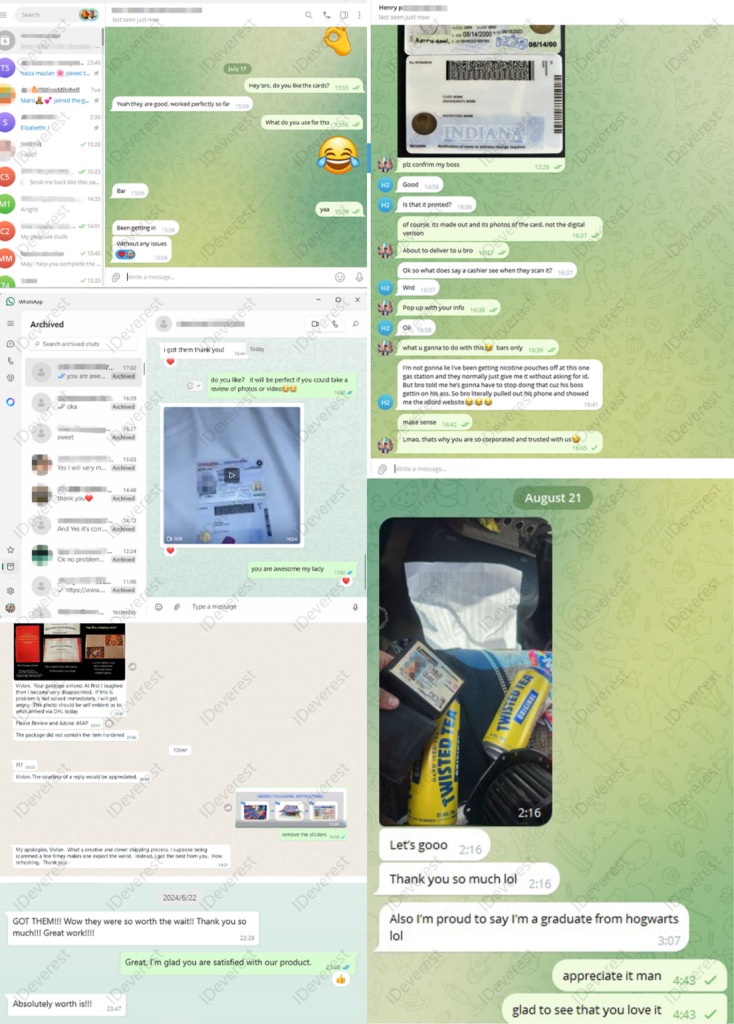

Also see: How to Spot a Fake ID with a Flashlight


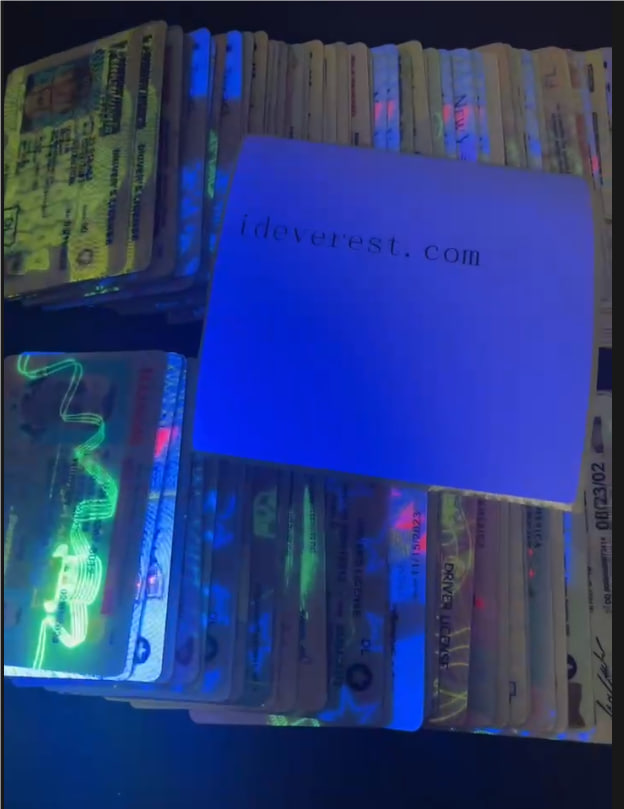
Advanced Verification Methods
Advanced verification methods involve sophisticated technology to confirm identity and detect fraudulent activity, thereby increasing security and reducing the risk of identity theft. Here are some verification methods:
Digital Authentication Software
Digital authentication software helps verify IDs by cross-referencing databases. These systems check the ID's information against official records, such as government databases.
If the details don't match, the ID is flagged as a fake ID. This method is fast and reliable, making it a popular choice for businesses and security professionals.
Biometric Verification
Biometric verification uses unique physical features to confirm a person's identity. This includes fingerprint scans and retina scans.
Because these features are nearly impossible to forge, biometric verification is one of the most secure methods available. Some places use biometric systems alongside traditional ID checks to enhance security.
Machine Learning Algorithms
Machine learning algorithms analyze patterns and anomalies in ID data. These advanced systems learn from large amounts of data to detect even the smallest inconsistencies.
Machine learning algorithms are very effective at spotting fake IDs by identifying subtle differences that humans might miss.
Common Signs of Fake IDs
Common signs of fake IDs include:
Material Differences
Fake IDs often use inferior materials. Real IDs have a certain weight and feel to them because of their high-quality materials. If the ID feels too light, too flimsy, or has a different texture, it's probably a fake. The material should be sturdy and well-made.
Encoding Errors
Many fake IDs have problems with their barcodes or magnetic stripes. These encoding errors make it impossible for scanners to read the ID. If the barcode doesn't scan properly or the magnetic stripe doesn't work, it's a strong sign that the ID is fake.
Photographic Anomalies
Fake IDs may have obvious photographic issues. This includes superimposed photos that don't blend well with the background, lighting inconsistencies, or blurry images. Real IDs have clear, professionally taken photos that match the person presenting the ID.
Consequences of Using a Fake ID
Using a fake ID can result in serious legal troubles, including fines, criminal charges, and a permanent criminal record.
Legal Impact on Users
Using a fake ID can result in serious legal troubles. Penalties include hefty fines, jail time, and a permanent criminal record. These consequences can affect future opportunities, such as college admissions and job prospects.
Impact on Businesses
Businesses that accept fake IDs can also face serious consequences. Selling alcohol to minors or allowing entry with a fake ID can result in fines, license revocation, and legal liability. This can damage a business's reputation and financial stability.
Conclusion
Identifying fake IDs is essential to maintaining security and legal compliance. Using advanced verification methods such as digital identity verification software, biometric verification, and machine learning algorithms can help spot fake IDs more effectively.
Knowing the common signs of fake IDs and the serious consequences of using them emphasizes the importance of remaining vigilant.
By staying informed and using the right tools, you can protect yourself and your business from the risks associated with fake IDs.
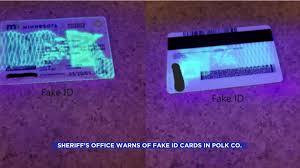 Missouri Fake ID
Missouri Fake ID
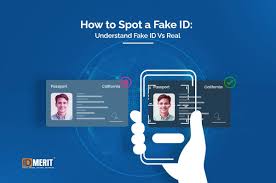 fake Connecticut ID
fake Connecticut ID
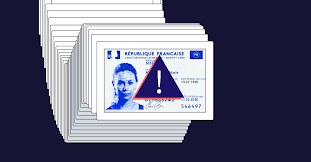 fake Delaware ID
fake Delaware ID
 fake Virginia ID
fake Virginia ID